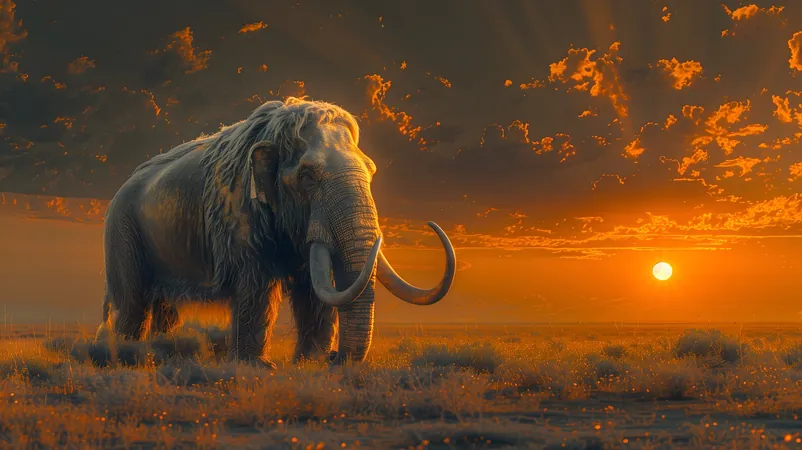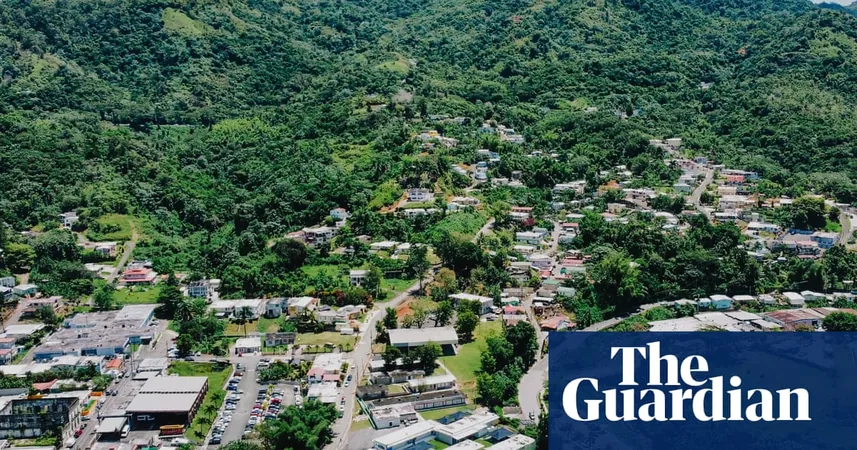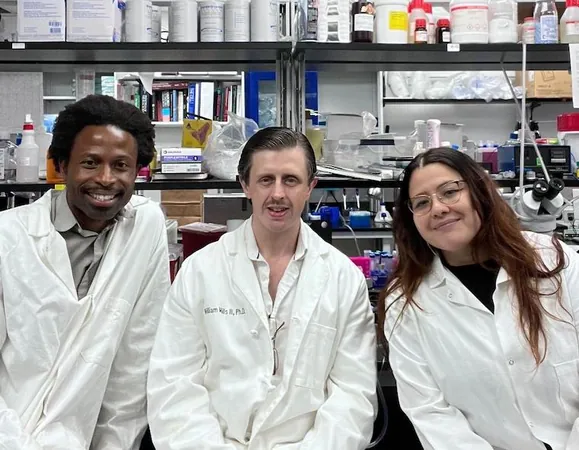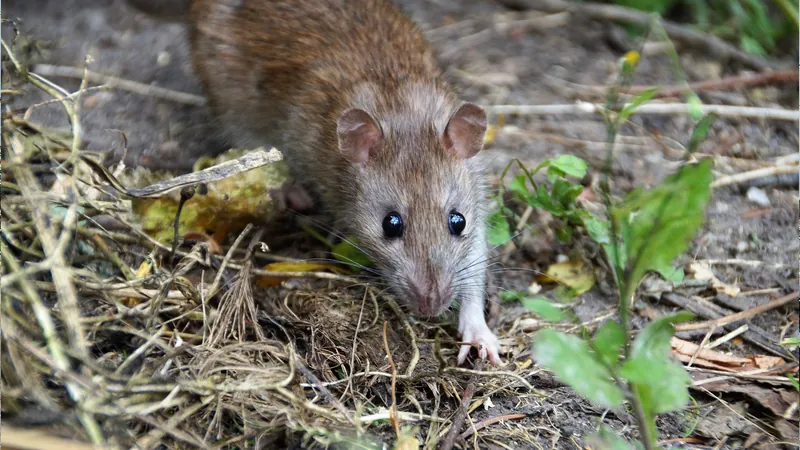
Unveiling Australia's Megafauna Secrets: Scientists Discover New Fossil Markers
2025-06-03
Author: William
What happened to the colossal beasts like moas and mammoths? These majestic creatures vanished from the Earth between 50 and 10,000 years ago, leaving scientists puzzled. Understanding their extinction is key to unlocking the mysteries of prehistoric ecosystems and predicting potential future extinctions.
The challenge lies in the fact that fossil remains are often too fragmented to identify the species, and recoverable DNA is sparse, particularly in tropical and humid climates. However, a groundbreaking discovery has emerged: scientists have pinpointed collagen peptide markers that enable the identification of three significant megafauna species once roamed Australia, including a wombat the size of a hippo, a giant kangaroo, and an enormous clawed marsupial.
The Debate Over Extinction and Human Interaction
Professor Katerina Douka from the University of Vienna, the senior author of the study published in *Frontiers in Mammal Science*, emphasizes the heated discussions around the geographic range and extinction timeframe of Australia's megafauna, particularly concerning their interaction with early modern humans.
Dr. Carli Peters, the study's lead author from the University of Algarve, notes that the limited number of fossils discovered across the continent complicates the testing of theories surrounding these extinctions. However, a method called zooarchaeology by mass spectrometry (ZooMS) holds promise for uncovering more identified megafauna fossils—if the appropriate collagen markers are available.
Revolutionary Findings in Collagen Analysis
By analyzing short chains of amino acids in collagen samples, scientists can differentiate between various genera, and occasionally species. This is crucial because collagen has a better preservation rate than DNA, allowing for effective study in regions where DNA has long since deteriorated. Previously, most reference markers were tied to Eurasian animals, leaving a gap in Australian research.
This new research fills that gap, creating Australian-specific markers that enhance understanding of the continent's fragmented fossil history. Dr. Peters states, "Proteins generally preserve better over longer timescales and in harsh environments than DNA does." Thus, insights into megafauna extinction may lie within these ancient proteins.
Meet Australia’s Giants: A Closer Look
The team focused on three fascinating species: Zygomaturus trilobus, Palorchestes azael, and Protemnodon mamkurra—each pivotal for illuminating the causes of megafauna extinction. Z. trilobus, a giant wombat, was among the largest marsupials ever to exist, resembling a hippo-sized creature. P. mamkurra was a slow-moving kangaroo, while P. azael showcased an extraordinary appearance with a long tongue and gigantic claws.
Imagine if the early humans entering Sahul, the landmass that once linked Australia, New Guinea, and Tasmania 55,000 years ago, encountered these fantastic beasts; it would have been an unforgettable experience!
Cracking the Code of Fossil Identification
The research team rigorously eliminated contaminants and compared their findings against established peptide markers. Remarkably, all three species produced sufficient collagen for identification. They successfully differentiated Protemnodon from various living and extinct kangaroo genera, as well as distinguishing Zygomaturus and Palorchestes from other large marsupials. However, the two species couldn’t be further differentiated, a common occurrence within ZooMS due to the slow rates of collagen evolution.
The discovery of collagen markers for these Australian giants opens a new avenue for identifying more megafauna remains within Australia's historical landscape, particularly in tropical regions where DNA detection is problematic.
Dr. Peters concludes, "With these collagen peptide markers, we can start uncovering a greater number of megafauna remains in Australian paleontological collections. It’s an exciting step forward for understanding our prehistoric past."









 Brasil (PT)
Brasil (PT)
 Canada (EN)
Canada (EN)
 Chile (ES)
Chile (ES)
 Česko (CS)
Česko (CS)
 대한민국 (KO)
대한민국 (KO)
 España (ES)
España (ES)
 France (FR)
France (FR)
 Hong Kong (EN)
Hong Kong (EN)
 Italia (IT)
Italia (IT)
 日本 (JA)
日本 (JA)
 Magyarország (HU)
Magyarország (HU)
 Norge (NO)
Norge (NO)
 Polska (PL)
Polska (PL)
 Schweiz (DE)
Schweiz (DE)
 Singapore (EN)
Singapore (EN)
 Sverige (SV)
Sverige (SV)
 Suomi (FI)
Suomi (FI)
 Türkiye (TR)
Türkiye (TR)
 الإمارات العربية المتحدة (AR)
الإمارات العربية المتحدة (AR)